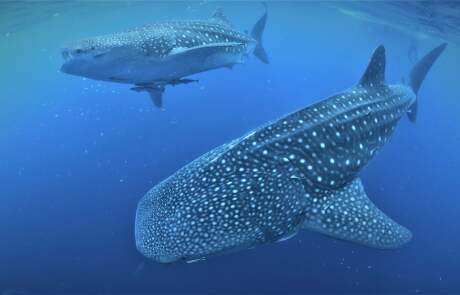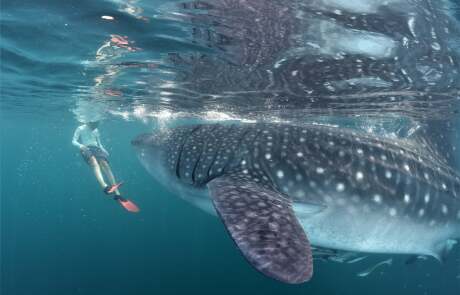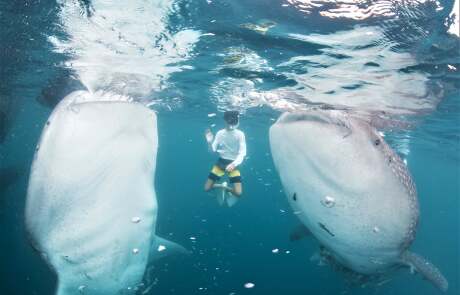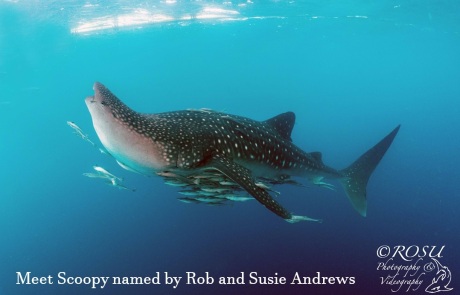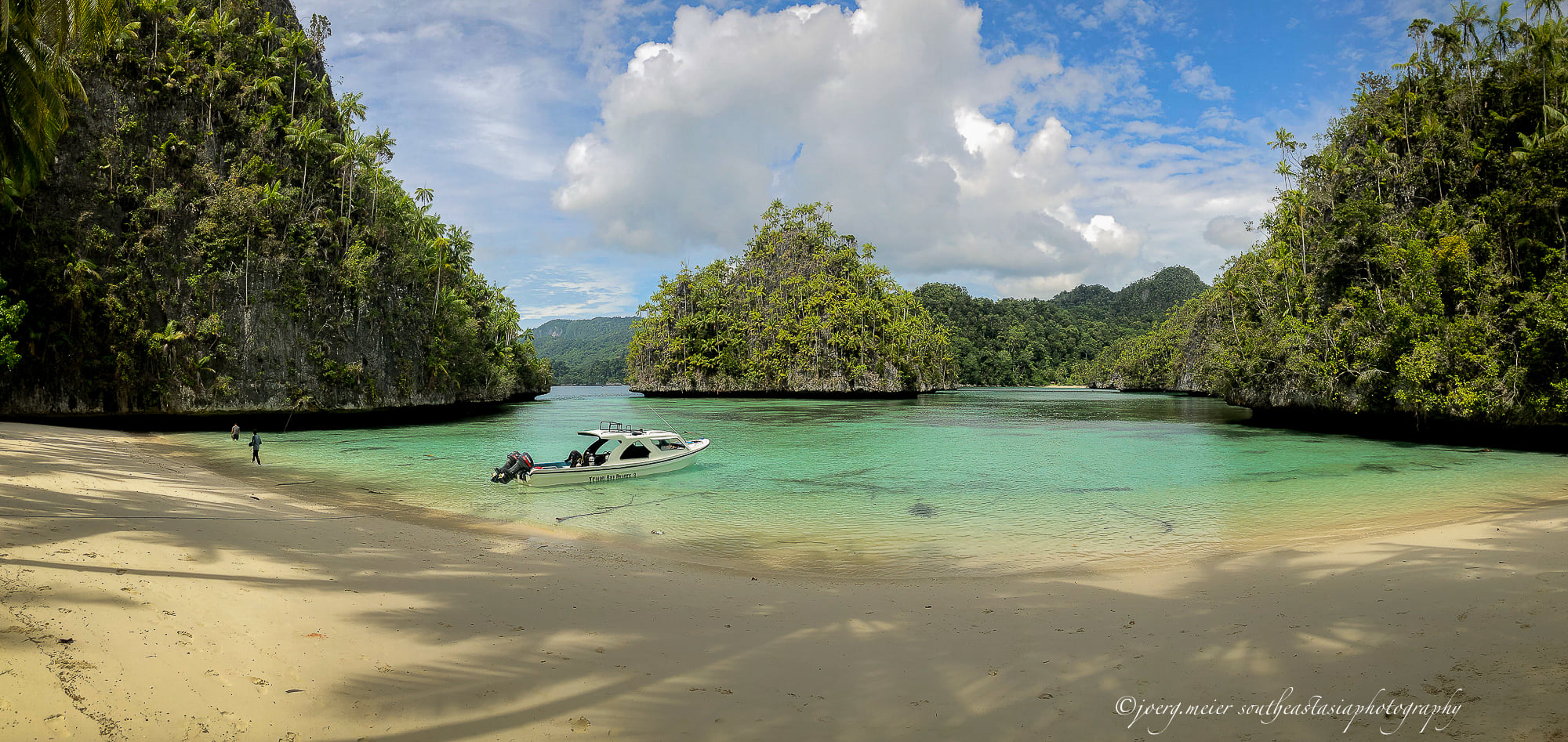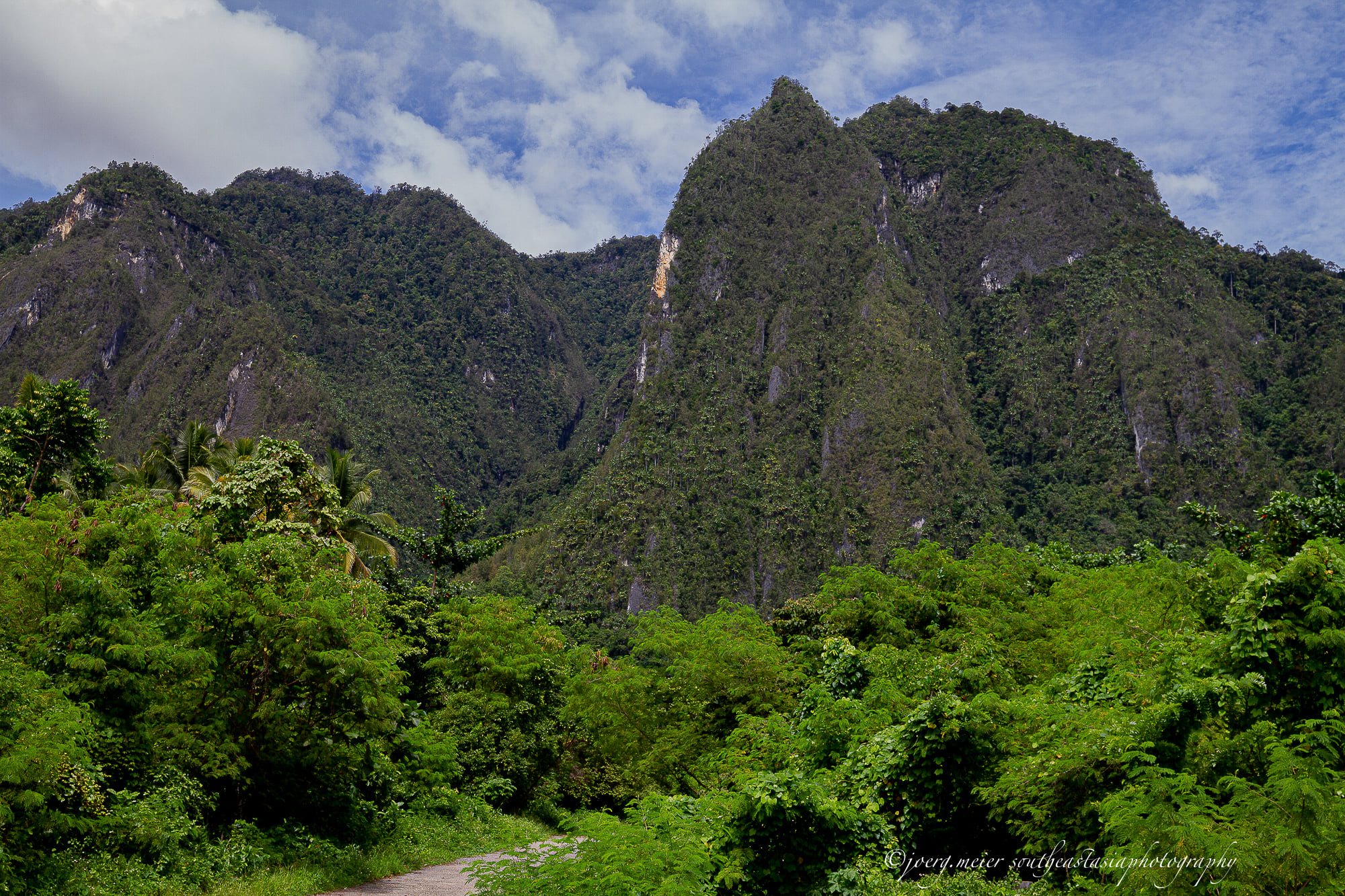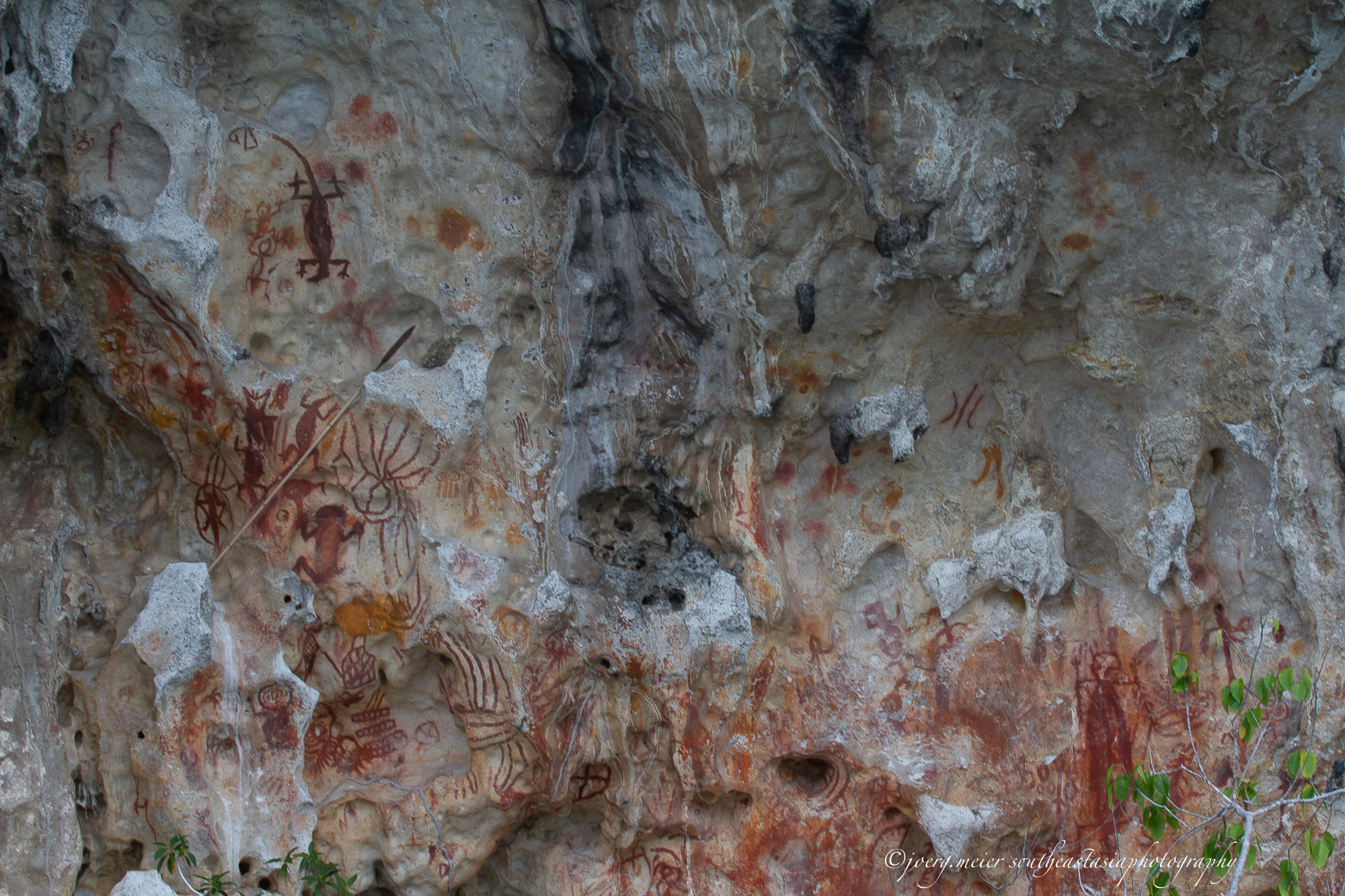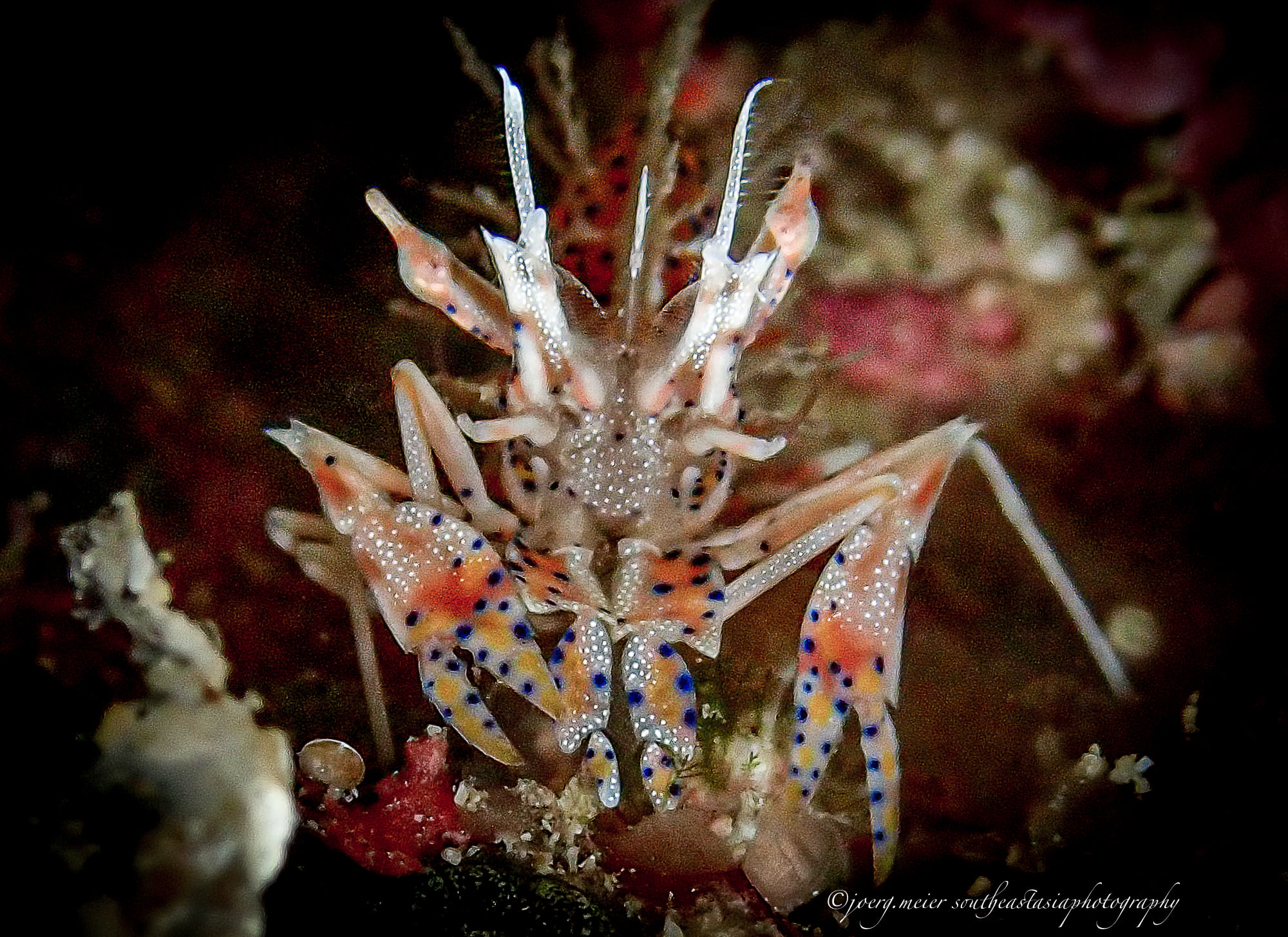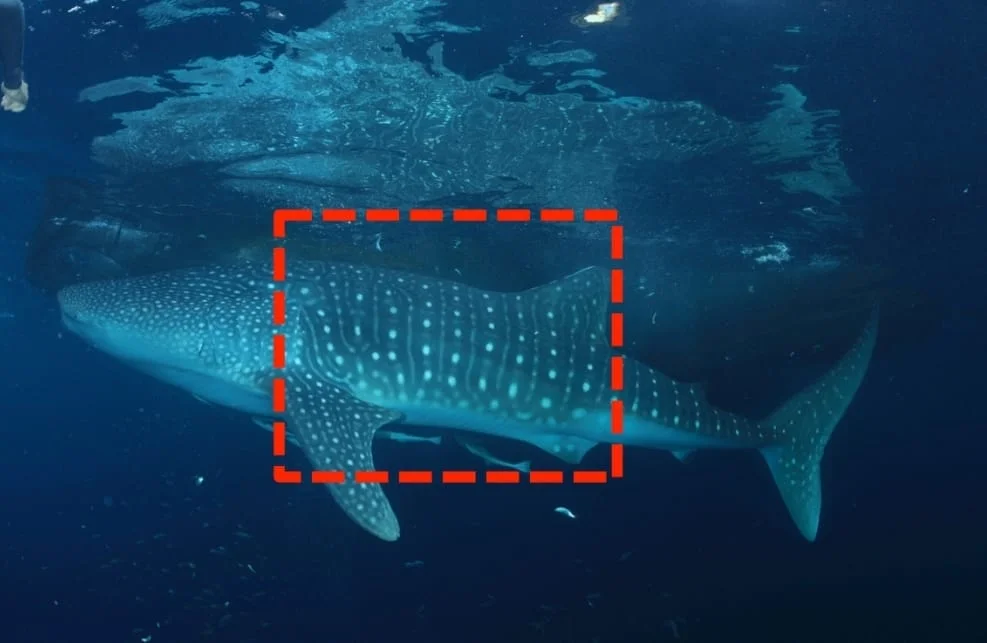Triton Bay: Out of the Black & Into the Blue – by Alex del Olmo
This past season we had the pleasure of hosting Alex as he was looking to get footage for his newest Out of the Black & Into the Blue series of underwater videos. He managed to capture the essence of Triton Bay: the beautiful soft corals, massive schools of fish, whale sharks, and the wonderful critters we all love so dearly. These are the things we see often, but aren’t able to show to the world except through videos such as this one. We’re honored to have been a part of the process and are very grateful to Alex for producing this.



